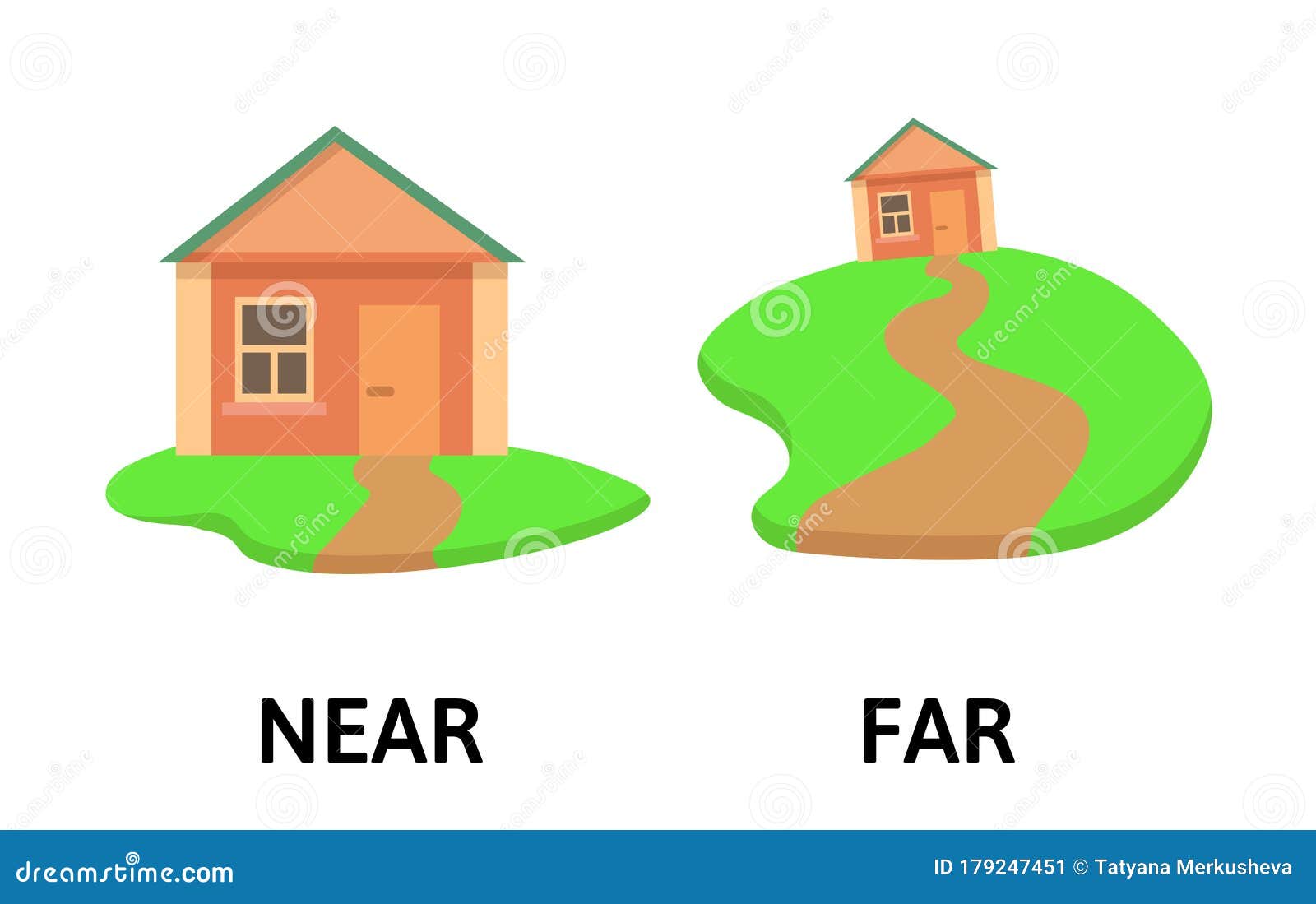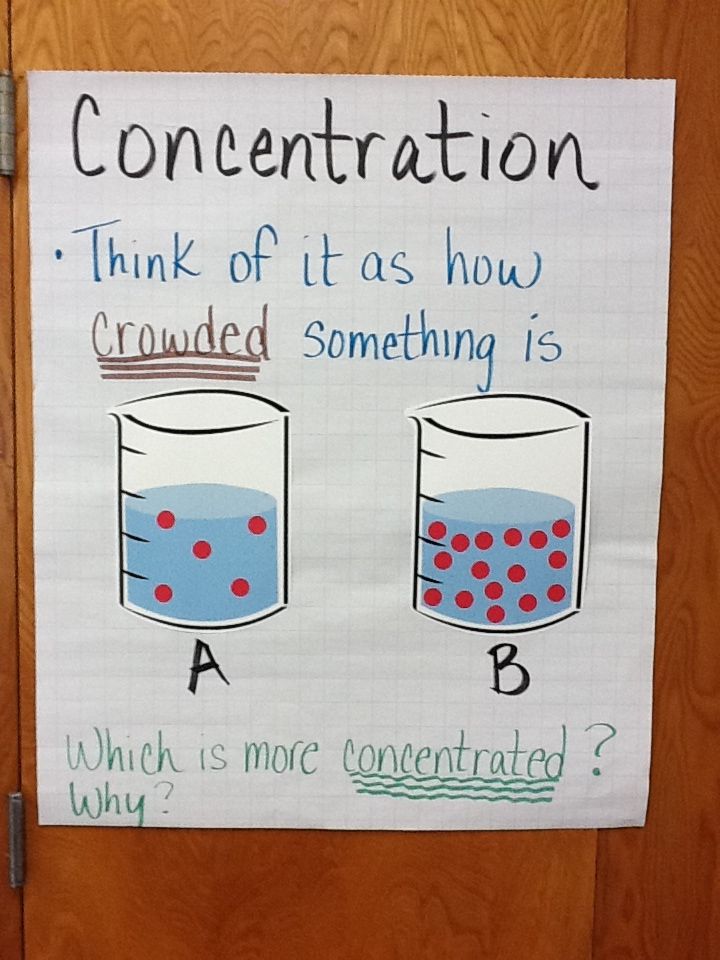Fashion Designer Annual Earnings: Salary Insights, Career Growth, and Pathways to Success
Understanding Fashion Designer Earnings in the United States
The annual earnings of fashion designers in the United States vary widely based on factors such as experience, location, employer, and specialization. According to the Bureau of Labor Statistics , the median annual wage for fashion designers was $80,690 in May 2024 , with half of all professionals earning more and half earning less [5] . This figure represents the midpoint, providing a reliable benchmark for those evaluating a career in fashion design.
Average Salary and Ranges
Multiple sources report that the average salary for fashion designers typically ranges between $62,000 and $76,000 per year [2] [3] . For instance:
- ZipRecruiter lists an average annual pay of $69,494 , with most salaries falling between $51,000 (25th percentile) and $89,000 (75th percentile), while top earners can make up to $102,000 [1] .
- Salary.com reports a median salary of $62,183 , with the majority earning between $55,639 and $68,016 [2] .
- PayScale estimates the average salary at $76,202 , and notes that top designers can potentially earn up to $113,000 per year [3] .
- Comparably finds that most fashion designers earn around $68,196 , with salaries ranging from $29,882 up to $318,857 for top-tier professionals, especially in high-paying locations like San Jose, CA [4] .
Factors That Influence Annual Salary
Experience Level is a primary determinant of salary. Entry-level designers (less than 1 year) typically earn about $59,487 , while those with 1-4 years of experience make an average of $66,212 [3] . More seasoned designers, especially those with specialized skills or in leadership roles, can earn substantially more.
Location also plays a significant role. Designers in major fashion hubs such as New York City and San Jose, California, often command higher salaries owing to the concentration of fashion companies and greater demand for skilled professionals. For example, in San Jose, CA, average compensation can reach $134,645 , nearly double the national average [4] .
Employer Type impacts pay as well. Designers working for large apparel brands, luxury fashion houses, or major retailers may receive higher compensation and more robust benefits than those employed by smaller firms or working independently.
Advancement Opportunities and Increasing Your Earnings
Fashion designers have multiple pathways to boost their annual earnings. Here are several actionable strategies:
- Gain Experience and Specialization : As you accumulate years of experience and develop niche expertise (e.g., sustainable fashion, textile innovation, or high-tech apparel), your market value can increase significantly. Designers who manage teams or oversee junior staff generally earn more [3] .
- Pursue Advanced Education : Obtaining a bachelor’s degree is typically required for entry into the profession, but earning a master’s or specialized certification can open doors to higher-paying roles and leadership positions [5] .
- Relocate to High-Paying Markets : Consider moving to established fashion capitals or regions with robust apparel industries. Cities like New York and Los Angeles offer more opportunities and higher average salaries. Research local job boards, industry organizations, and company career pages for openings.
- Build and Showcase Your Portfolio : A compelling portfolio that highlights your best work is essential for attracting higher-paying clients and employers. Include sketches, prototypes, and completed designs, and update your portfolio regularly.
- Expand Your Network : Attend industry events, join professional associations, and connect with mentors to access new opportunities and stay updated on salary trends.
- Negotiate Your Salary : Before accepting a job offer, research average salaries for your role and location. Use verified sources such as the Bureau of Labor Statistics and Salary.com to inform your negotiations.
Practical Steps to Access Fashion Design Opportunities
If you wish to pursue a career or advance in fashion design, follow these steps:
- Research Educational Programs : Look for accredited fashion design programs at universities and colleges. Use search terms like “fashion design bachelor’s degree programs” and “fashion design schools near me.” Contact admissions offices directly for application requirements.
- Build Technical Skills : Develop proficiency in design software (such as Adobe Illustrator and CAD tools), sewing, pattern-making, and textile knowledge. Many online courses and workshops are available through reputable platforms.
- Seek Internships and Entry-Level Positions : Apply for internships at fashion houses, apparel companies, or design studios. Internships offer hands-on experience and often lead to full-time employment. Search job boards such as Indeed, Glassdoor, and company career portals for current openings.
- Join Professional Associations : Organizations like the Council of Fashion Designers of America (CFDA) provide networking opportunities, educational resources, and industry news.
- Stay Current on Industry Trends : Subscribe to fashion industry publications and attend trade shows. Keeping up with trends enhances your credibility and appeal to employers.
- Explore Freelance Opportunities : Many designers work independently or contract with brands. Freelancing enables flexible earnings, though income may fluctuate based on client demand.
Challenges and Solutions in Fashion Design Careers
The fashion industry is highly competitive, and establishing a stable, high-earning career requires dedication and strategic planning. Common challenges include:
- Unpredictable Income for Freelancers : Income can vary month to month. Solution: Diversify your client base and maintain a steady flow of projects.
- Limited Opportunities in Some Regions : Smaller markets may offer fewer jobs. Solution: Consider remote work, relocation, or expanding your expertise to related fields like costume or accessory design.
- Keeping Skills Updated : Technology and trends evolve rapidly. Solution: Regularly take online courses and participate in workshops to stay competitive.
Alternative Career Paths in Fashion Design
If traditional fashion design roles don’t align with your goals, consider related occupations such as textile designer, pattern maker, fashion merchandiser, or costume designer. These roles often share similar skill sets and may provide different work environments or salary structures.
Guidance for Accessing Verified Salary Data and Career Resources
For the most accurate and current salary information, consult authoritative resources:

Source: tffn.net
- Visit the Bureau of Labor Statistics website and search “fashion designer” for wage data by state and metropolitan area.
- Use Salary.com , PayScale , and Comparably for salary benchmarks and breakdowns by experience and location.
- Contact local fashion industry associations or your state’s department of labor for regional job market information.
For career advancement, consider joining professional networks, pursuing advanced education, and developing a strong online presence through platforms like LinkedIn and Behance.

Source: tffn.net
Key Takeaways
Fashion designers in the United States typically earn between $62,000 and $80,000 per year , with substantial variation based on experience, location, and specialization [5] [1] . Top earners can exceed $100,000, especially in major markets and leadership roles [3] . By following strategic steps for career growth and leveraging verified resources, you can maximize your earning potential and advance in the fashion industry.
References
- [1] ZipRecruiter (2025). Fashion Designers Salary Report.
- [2] Salary.com (2025). Fashion Designer I Salary in the United States.
- [3] PayScale (2025). Fashion Designer Salary in 2025.
- [4] Comparably (2025). Fashion Designer Salary – August 2025.
- [5] Bureau of Labor Statistics (2025). Fashion Designers: Occupational Outlook Handbook.



